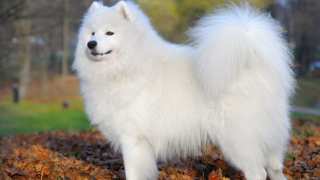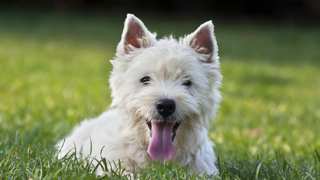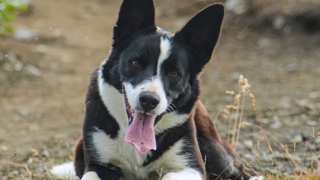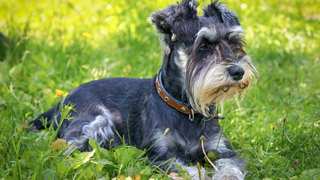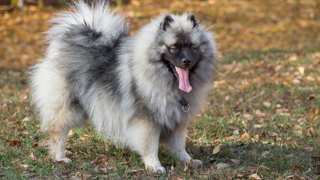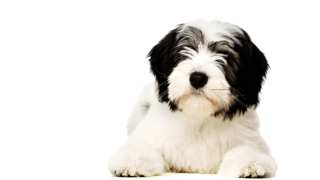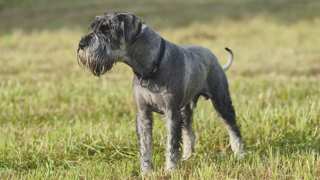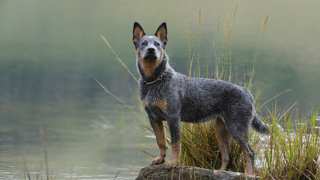Like all breeds, Wheaten Terrier diet and nutrition is vital to these dogs' health and longevity. This particular breed, as a fairly active terrier, will need food that's high in animal proteins, carbohydrates, and healthy fats. Wheaten Terriers are also known to have various dietary issues: some Wheatens have lesser ability to absorb certain proteins than most dogs, while other Wheatens have an intolerance to gluten (a protein found in many grains). The best Soft Coated Wheaten Terrier food, therefore, is premium grain-free dry food. The kibble will need to be high in quality because it'll contain the "correct" proteins and no grains; this specific combination is very difficult to find in cheap dog foods. Breed experts also recommend visiting a veterinarian to discuss the best diet plan for your Wheaten.
But how much of this premium food should you feed your Wheaten? The breed experts say that following the recommendations listed on the food packaging is not a good idea, as manufacturers purposefully make the portion suggestions high to make you use (and in turn, buy) more of their products. The typical adult Wheaten Terrier--and this amount may vary depending on the dog's age and activity level--will need 1½-2 cups of dry food per day; also depending on its age, a Wheaten Terrier puppy will need about one cup of food per day, divided into three meals per day until the pup is six months old. For further portion guidelines, see this feeding chart:
Soft Coated Wheaten Terrier Feeding ChartDog AgeDog WeightFood TypeAmountFrequency2 Months3 lbsDry0.2 cups3x/day3 Months7 lbsDry0.25 cups3x/day6 Months15 lbsDry0.4 cups3x/day9 Months25 lbsDry0.6 cups2x/day12 Months+35 lbsDry0.75 cups3x/dayLike all dog breeds, Wheaten Terriers will become obese if over-fed and under-exercised. Though obesity isn't as prevalent in these dogs as in some breeds, it's still an issue--and a fat Wheatie will have breathing, digestive, and joint problems, not to mention a shorter lifespan. Though the above-listed portions may seem small, they're ample enough, so try and stick to them. Also try to establish a consistent feeding schedule for your Wheaten so the dog gets used to eating at the same time every day. Don't feed the dog table scraps--and by all means, do not "free-feed" your Wheaten Terrier. Free-feeding is leaving food in a dog's bowl all the time, allowing it to eat anytime it wants; veterinarians say it's the number-one cause of canine obesity, and it's a thoroughly unhealthy practice overall. Put your Wheatie's bowl down only at mealtimes, and pick it up 15-20 minutes after the dog begins eating, even if food remains.
If you're worried your Wheaten Terrier is overweight, give the dog this simple Ribs Test: run a hand along its side, and if you can't feel any ribs, it's diet time. Decrease your Wheatie's daily food intake by one-fourth, and add an extra walk or play period to its daily exercise schedule.

